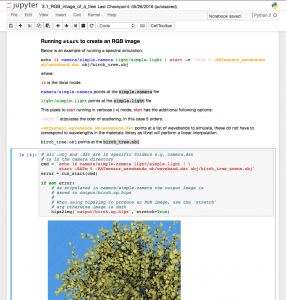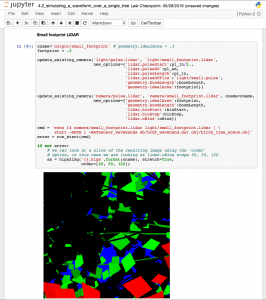librat is a flexible, modular radiative transfer model designed to simulate the light environment (reflectance, lidar return) of structurally and spectrally realistic 3D scenes. librat is specifically designed for simulating remote sensing instruments and observations, at arbitrary scales from cm to km. librat has many features specific to these aims, including a wide range of options for dealing with sensor and illumination characteristics etc., including for time-resolved lidar signals. librat is designed with scientific applications in mind, and as a result maintains as much information as possible about scattering properties, with interaction order (to 10s or even 100s of interactions) and wavelength, in order to maintain fidelity of scattering information. It is not designed for rapid rendering e.g. for realistic scene visualisation and animation; there are many tools which make use of hardware acceleration and approximations which are more suited to that. librat has been used for a wide range of remote sensing applications including sensor modelling, biophysical parameter retrieval, algorithm development and testing, and model benchmarking.
The code Copyright is held by UCL (Prof. P. Lewis and Dr. M. Disney), but is provided free of charge and unsupported for non-commercial use. For commercial use please contact Prof. P. Lewis.
Librat tutorials with Jupyter notebooks
Follow this link to the GitHub repo where you can download the set of tutorials. These will take you through a step-by-step guide to librat installation, generating simple height map simulations, adding trees and vegetation to the scene and finally more complex multispectral and lidar simulations.

